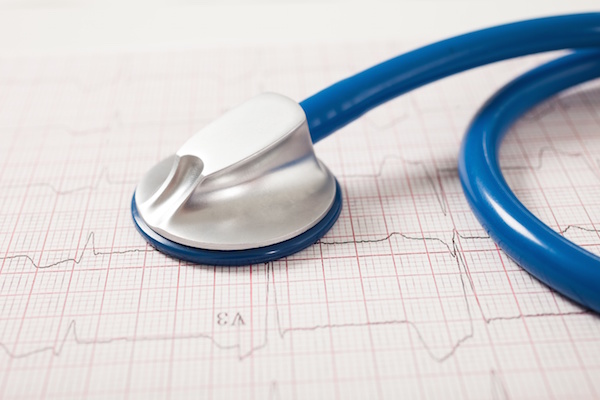
TUESDAY, Feb. 21 (HealthDay News) — Two out of five women having a heart attack do not experience chest pain, according to a new study.
Instead, they may have harder-to-recognize symptoms, such as pain in the jaw, neck, shoulders or back; stomach discomfort; or sudden trouble breathing, researchers said.
That may be one reason why women also have a higher risk of dying from a heart attack when they’re in the hospital compared to men, the study found.
“The hallmark symptoms of a heart attack are chest pain and discomfort. But, women are more likely to have a different attack presentation,” said study lead author Dr. John Canto, director of cardiovascular prevention, research and education at the Watson Clinic and director of the Chest Pain Center at Lakeland Regional Medical Center in Fla.
Men and women who have risk factors for heart disease, such as obesity, diabetes, high blood pressure, high cholesterol or a family history of heart disease, should be particularly concerned if they experience these symptoms.
“The reality is that most people who have chest pain and discomfort aren’t having a heart attack. But, you can’t wait to find out. Time is heart muscle. If you delay seeking treatment, you may be outside the window where you can get the most effective treatment,” he said.
The study is in the Feb. 22/29 issue of the Journal of the American Medical Association.
Researchers analyzed data on more than 1.1 million patients seen at U.S. hospitals for heart attacks from 1994 to 2006. About 42 percent were women, who were also on average older than men when they had their heart attack.
Among both men and women, just over 35 percent — or about one in three — did not have chest pain.
However, women were more likely to experience an attack without chest pain compared to men, at 42 percent and 31 percent, respectively.
In-hospital deaths from heart attack were also more common among women: 14.6 percent of women died while still in the hospital, compared to just over 10 percent of men.
Dr. Suzanne Steinbaum, director of women and heart disease at Lenox Hill Hospital in New York City and a spokeswoman for the American Heart Association, said other heart attack symptoms women may experience include sweating, nausea and flu-like symptoms.
Though it can be hard to connect those symptoms to a heart attack, if “all of a sudden your daily activities become daunting, and you feel like you just can’t function, you have to get checked out. If it’s not your heart, so what? It’s better to be safe than sorry,” she said.
She also advised women to be assertive about their worries with doctors. Say, “I think I’m having a heart attack,” she recommended.
Men may need to heed this advice as well, because they too may not have classic chest pain symptoms, she added.
The study found that for men and women — but particularly for young women — heart attacks without chest pain were associated with a greater risk of death. One of the main reasons, said Canto, is that people may delay going to the ER, and once they do call for help or go to the hospital, they may downplay their symptoms, leading to less urgent action from health care providers.
In the case of women, said Canto, the higher mortality rates may also be linked to biological differences in heart disease between men and women. When the researchers compared women without chest pain and men without chest pain, they still found a higher risk of death for women.
More information
Learn more about protecting your heart from the American Heart Association.

